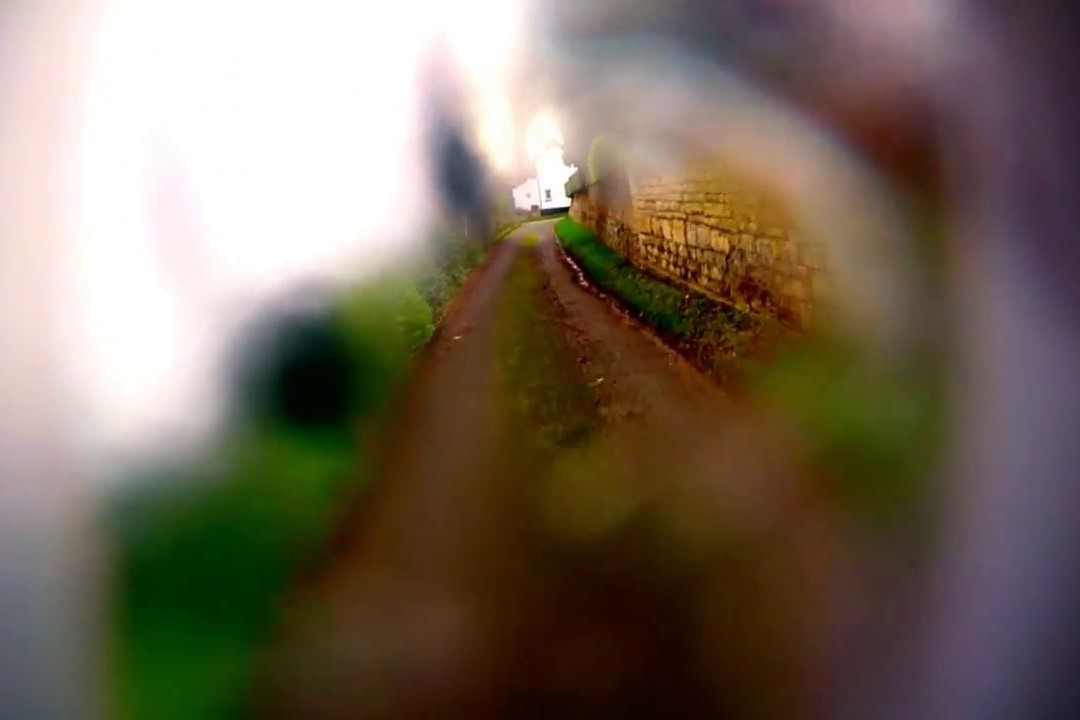
What is retinitis pigmentosa?
Retinitis pigmentosa (RP) is a group of eye problems that affect the retina. This condition changes the way the retina responds to light, making vision difficult
People with RP lose their vision slowly over time.
Usually, however, they do not become completely blind.
What causes retinitis pigmentosa?
RP is a genetic condition, which means that it can be passed on in families.
The type and speed of vision loss due to RP varies from person to person.
It depends on the form of the disease.
Symptoms of retinitis pigmentosa
RP can result in vision loss in the following ways:
- Loss of night vision. Night blindness is when you cannot see anything in the dark. Vision may be normal during the day. When you begin to lose night vision, it takes longer to adjust to the dark. You may stumble over objects or have difficulty driving at dusk and at night. You may also have difficulty seeing at the cinema or in other dimly lit environments.
- Gradual loss of peripheral (side) vision. This is known as ‘tunnel vision’. You may bump into objects while moving. This is due to the fact that you are unable to see objects below and around you.
- Loss of central vision. Some people also have problems with central vision. This can make it difficult to perform detailed tasks such as reading or threading a needle.
- Colour vision problems. Some people may have problems seeing different colours.
How is retinitis pigmentosa diagnosed?
RP can be diagnosed and measured by:
- Genetic testing. This test analyses a sample of blood or other tissue to see if you have certain genes associated with a disease. It can also help determine the likely course or severity of the disease and whether gene therapy to replace the defective gene may be useful.
- Electroretinography. This test measures the electrical activity of the retina, i.e. its ability to respond to light. It works like the electrocardiogram, which measures the activity and health of the heart.
- Visual field test. RP can affect peripheral (side) vision. The visual field test helps measure lateral vision and detect blind spots.
- Optical coherence tomography. Also known as OCT, this imaging test takes special, highly detailed images of the retina. It can help diagnose RP and discover its impact on the retina.
Can retinitis pigmentosa be treated?
There is no single treatment for RP because there are more than 100 genes that cause it.
Scientists are studying why and how RP runs in families.
They hope to develop treatments based on this information.
Some research has shown that vitamin A can slow the progression of some forms of RP, but there is concern that high intake of these supplements may lead to worsening of other eye diseases.
Your ophthalmologist can advise you on the risks and benefits of vitamin A and how much you can safely take.
Taking too much vitamin A can be harmful and the evidence of its effect on the progression of RP is not consistent.
Therefore, vitamin A supplements are not currently recommended.
Some patients develop retinal swelling and may be helped by a certain type of eye drops or medication taken by mouth.
Cataracts or clouding of the lens may also occur, for the treatment of which some patients may require surgery.
There is also an ‘artificial retina’ called the ARGUS II implant, which may be useful for some patients with severe vision loss due to RP.
A form of RP caused by a defect in the RPE65 gene can now be treated with a drug (voretigene neparvovec-rzyl).
This drug is injected under the retina during an eye surgery called vitrectomy.
Scientists are working hard to develop gene therapies for other forms of RP, so it is very important to know which specific genetic defect causes RP.
Visually impaired people can learn how to make the most of their remaining sight.
There are many different devices and ways of doing things that can help with tasks.
Vision specialists can teach you how to use these tools and techniques.
If you have RP and plan to have children, talk to a genetic counsellor about the possibility of passing this eye disease on to your children.
Clinical studies and future treatments for retinitis pigmentosa
Researchers are testing possible new treatments for RP.
These include clinical trials for a type of RP called X-linked retinitis pigmentosa.
Read Also
Emergency Live Even More…Live: Download The New Free App Of Your Newspaper For IOS And Android
Symptoms And Treatment Of Retinitis Pigmentosa
Corneal Keratoconus, Corneal Cross-Linking UVA Treatment
Myopia: What It Is And How To Treat It
Presbyopia: What Are The Symptoms And How To Correct It
Nearsightedness: What It Myopia And How To Correct It
Blepharoptosis: Getting To Know Eyelid Drooping
Lazy Eye: How To Recognise And Treat Amblyopia?
What Is Presbyopia And When Does It Occur?
Presbyopia: An Age-Related Visual Disorder
Blepharoptosis: Getting To Know Eyelid Drooping
Rare Diseases: Von Hippel-Lindau Syndrome
Rare Diseases: Septo-Optic Dysplasia
Diseases Of The Cornea: Keratitis
Inflammations Of The Eye: Uveitis
Oncology, An Overview Of Orbital Tumours
Diagnosis Of Diabetes: Why It Often Arrives Late
Diabetic Microangiopathy: What It Is And How To Treat It
Diabetic Retinopathy: Prevention And Controls To Avoid Complications


